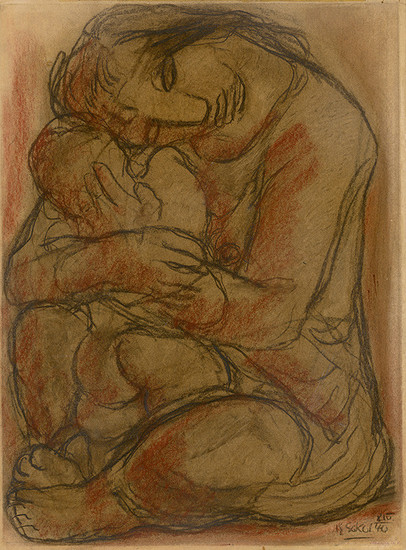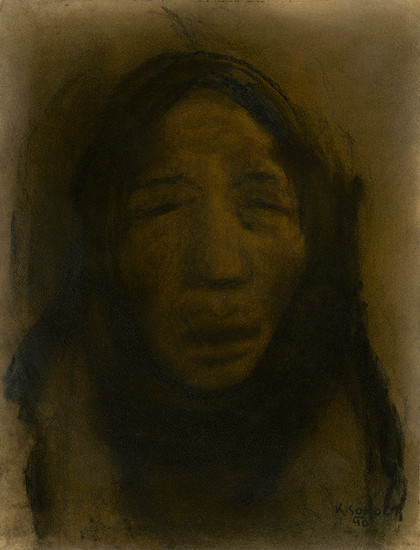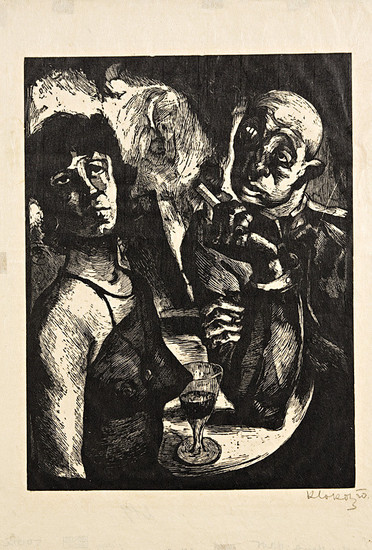Each summer, as part of its Kolegovia cycle, the Ľudovít Fulla Gallery presents selected works of a Slovak Modernist who was a contemporary of Ľudovít Fulla. The project features the top works of each artist and possible mutual relations, "influences" and inspirations.
The ninth and final exhibition from this cycle (following Martin Benka, Gustáv Mallý, Miloš Alexander Bazovský, Janko Alexy, Zolo Palugyay, Mikuláš Galanda, Ester Šimerová-Martinčeková and Imro Weiner-Kráľ) is dedicated to exceptional graphic artist and illustrator, Koloman Sokol.
Koloman Sokol (1902 - 2003) was a significant pillar of the modern fine art tradition. Originally, a butcher's apprentice, became one of the most important Slovak artists of the 20th century, despite the fact that for most of the 100 plus years of his life he lived abroad, mainly in the United States. He reflected the period reality in an extremely rough and even cruel way.
As writer Dobroslav Chrobák wrote, he brought to the surface "... only those bloody shreds which he fished from the dredges of life among workers, prostitutes, soldiers, in dubious pubs, shelters for the unemployed and coal mines". He was always on the side of the miserable, the exploited and the suffering who represented all of mankind to him. As early as the 1930s he was known as an extremely mature creator of graphic sheets which attracted attention not only by their technical perfection, rough naturalism, psychological immersion, but especially by their power of expression. He delivered the theme of cities, social antagonisms and national issues liberated of romantic pathos in a new way.
From the 1940s he worked with expressive drawing and shellac painting. Drawings and cycles of graphic works bore typical motifs of struggles, animals, female nudes and tangled human bodies fighting for survival. The scenes were also determined by painful personal memories of his childhood in Košice, in Prague, where he studied, and in Mexico, where he worked at a graphic school and academy. In the 1970s, by the time he had already permanently settled in the US, he had created his own internal world which he named Kaburaba. It was an imaginary safe haven for good people from the evil of the world, a world liberated of violence and inhabited by formerly oppressed and wounded creatures.


